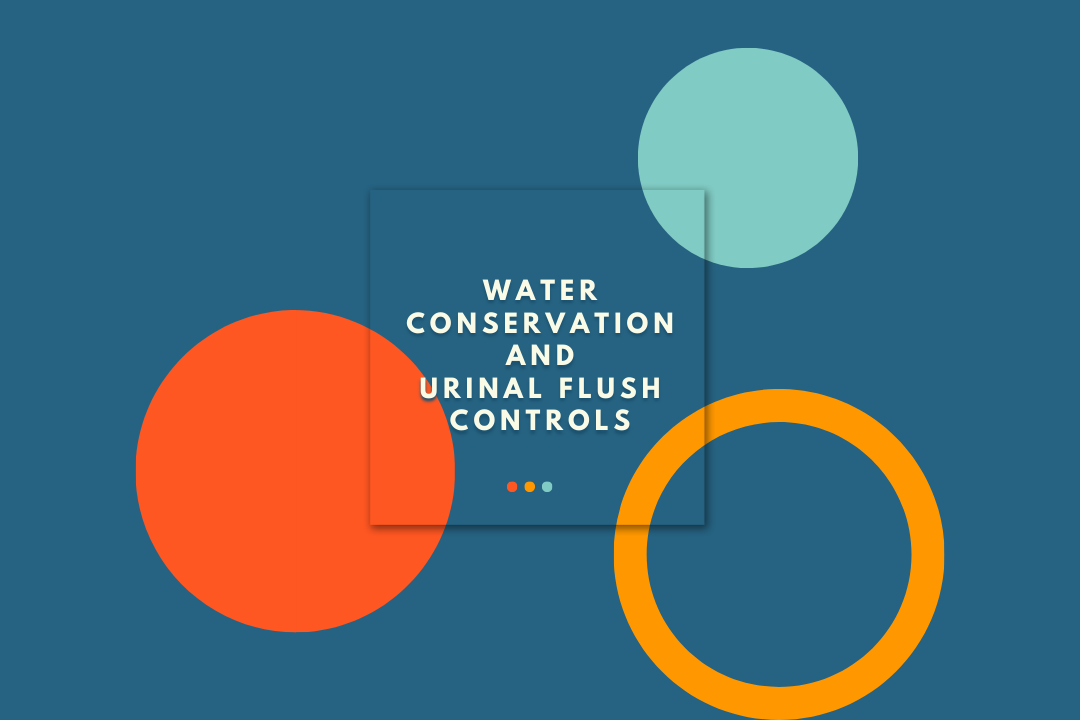Water conservation is a must for sustainability, and it has become increasingly important in recent times. With the scarcity of water resources and the growing concern over environmental degradation along with rising costs, it is essential to adopt measures that can help conserve water.
One area where significant savings can be achieved is in the management of water usage in public washrooms. Urinals are one of the biggest culprits of excessive water consumption, often using between 4.5 to 13.5 litres per flush. This can result in significant amounts of wasted water, particularly in large public facilities such as airports, stadiums, and shopping centres, where several cisterns are installed.
Urinal Flush Controls are an effective solution to this problem. These controls regulate the amount of time each flush occurs, reducing the overall volume of water consumed without compromising hygiene or user satisfaction. In some cases, a saving of 90% can be achieved. This represents a substantial reduction in water consumption, which can have a significant impact on water conservation efforts.
Furthermore, the use of Urinal Flush Controls is also beneficial for the environment. By reducing water usage, these controls help to conserve water resources, which are essential for supporting ecosystems and sustaining life on earth. Additionally, by conserving water, we can reduce the amount of energy needed to pump, treat, and distribute water, which helps to mitigate the impact of human activities on the environment.
Modern Urinal Flush Controls are typically controlled by a PIR sensor. Automatic sensors are typically installed in the area of the urinal and use infrared technology to detect when a user is present. After a period of pre-set time, the sensor activates the flushing mechanism, which releases just enough water to complete a flush into the urinal. This method ensures that the right amount of water is used each time, and eliminates the possibility of unnecessary flushing.
To conclude, water conservation is a must for sustainability, and Urinal Flush Controls offer a practical solution for reducing water consumption in public washrooms. By adopting these controls, we can conserve water resources, reduce water bills, and contribute to environmental sustainability. As such, it is essential for businesses, institutions, and individuals to embrace this technology and incorporate it into their water conservation efforts.

